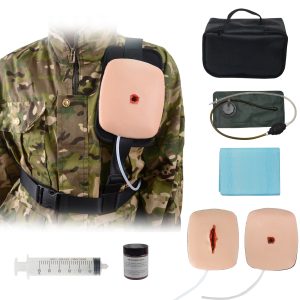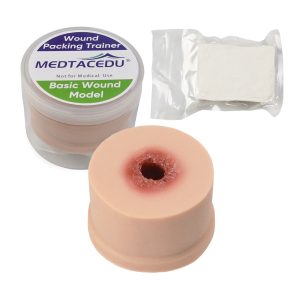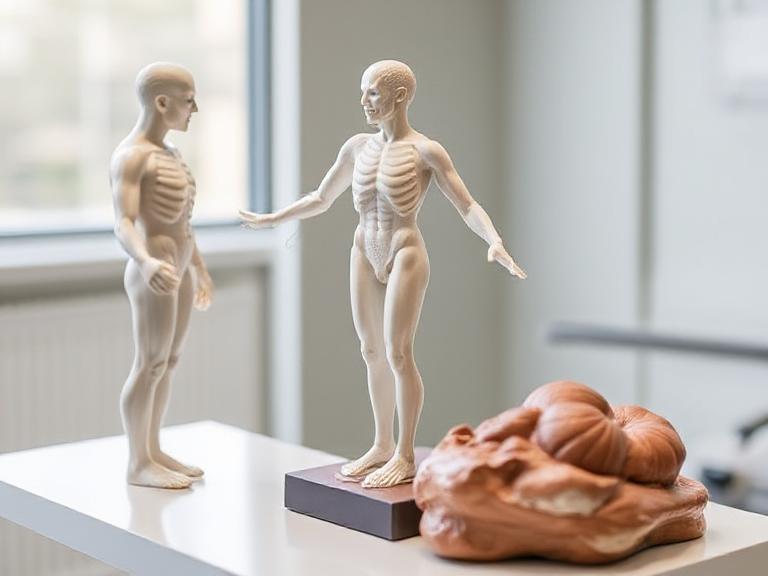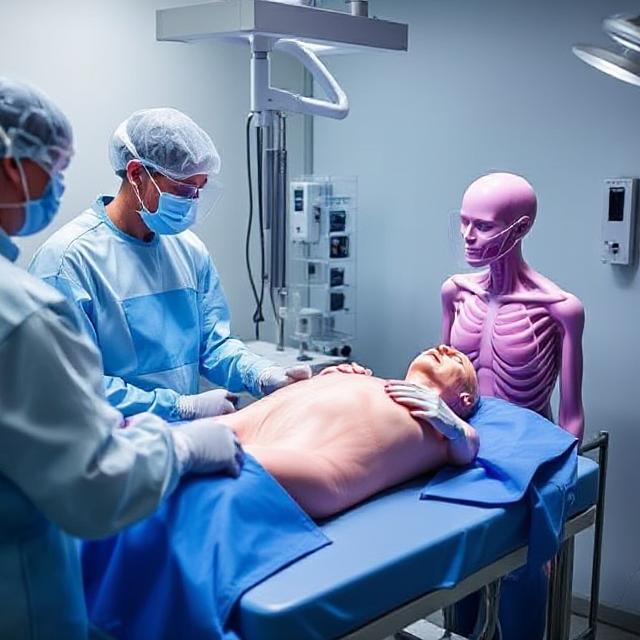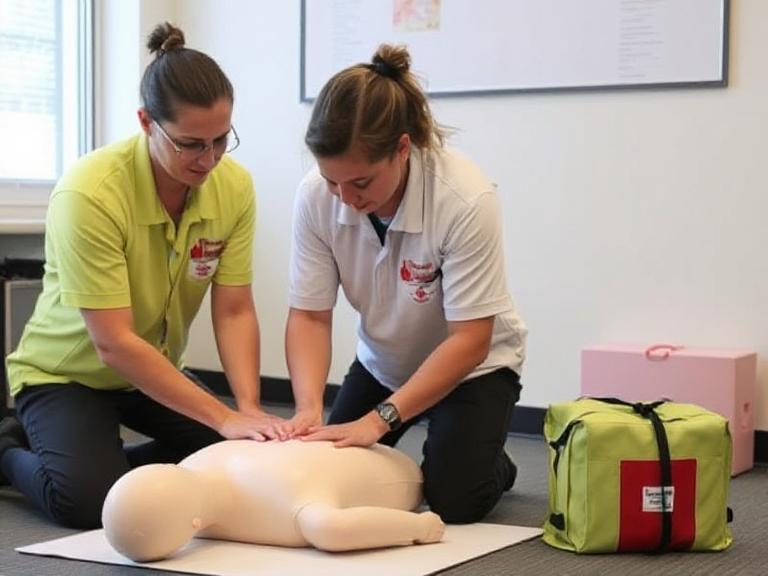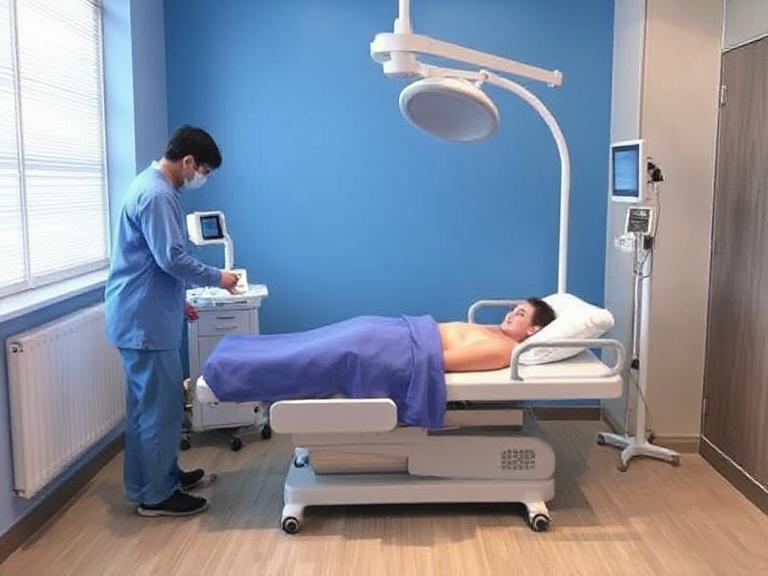Table of Contents
- Introduction: What Is a Human Patient Simulator?
- About Medtacedu Medical Simulators
- Key Factors Affecting Simulator Costs
- Human Patient Simulator Price Range 2025
- Types of Medical Simulators and Their Costs
- Why Choose Medtacedu?
- Summary Table: Key Takeaways
- FAQs
- References
Introduction: What Is a Human Patient Simulator?
A human patient simulator is an advanced manikin designed to replicate human physiology and medical conditions for training healthcare professionals. These simulators are used in medical schools, hospitals, and training centers to help students and practitioners develop critical care and emergency response skills in a safe and controlled environment.

With the growing emphasis on hands-on medical training, simulators play a vital role in preparing future doctors, nurses, and paramedics. However, one of the most common questions in 2025 is — how much does a human patient simulator cost? The answer depends on various factors such as complexity, realism, features, and manufacturer.
About Medtacedu Medical Simulators & Models
Medtacedu is a global manufacturer of high-quality silicone and plastic medical models for training, education, and simulation. With over 15 years of production experience—including more than 6 years specializing in medical models—Medtacedu is a trusted name among educators and healthcare professionals worldwide.
What Our Products Can Do
- Tactical Training: Includes wound dressing models, trauma manikins, and emergency kits to develop life-saving skills.
- Medical Demonstration & Testing: Silicone models for disease simulation, surgical demonstrations, and device display.
- Science Education: Customizable veterinary and scientific education tools tailored to institutional needs.
- Injection Models: ID/SC/IM/IV injection and facial injection models for dermal and Botox training.
Whether you need standardized models for institutional use or custom solutions for research and demonstration, Medtacedu offers comprehensive support and design services to meet every training need.
Key Factors Affecting Simulator Costs
The price of a human patient simulator in 2025 varies based on several key factors:
- Complexity and Realism: Simulators that include life-like breathing, blinking, blood circulation, and vocal responses are more expensive.
- Technology Integration: Advanced software, sensors, and AI-driven feedback increase costs significantly.
- Training Purpose: Models for emergency medicine or surgery simulation generally cost more than basic CPR manikins.
- Customization: Tailor-made simulators for specialized training—like pediatric or obstetrics—require more resources.
- Material Quality: Premium silicone and plastic materials enhance durability and realism, affecting overall price.
- Brand Reputation: Established manufacturers like Medtacedu ensure reliability, which may come at a slightly higher cost but with better ROI.
Human Patient Simulator Price Range 2025
In 2025, human patient simulator costs can vary significantly depending on the model type and training requirements. Here’s an overview of the current pricing trends:
- Basic Manikins: $800 – $3,000 (for CPR and basic life support training).
- Mid-Range Simulators: $5,000 – $15,000 (for nursing, airway management, and advanced care training).
- High-Fidelity Simulators: $20,000 – $100,000+ (for hospitals and universities requiring realistic physiological functions).
For organizations or universities looking for customized medical simulation solutions, Medtacedu provides tailored designs that align with curriculum and research objectives, ensuring the most effective hands-on learning environment.
Types of Medical Simulators and Their Costs
1. Tactical Training Models
Designed for emergency response and battlefield medical training, these models simulate trauma wounds and injuries. Prices typically range between $5,000 and $20,000 depending on the complexity and realism.
2. Injection Models
Medtacedu’s Injection Models cover a wide range of nursing and dermatology applications, including IV, IM, and facial injection practice. These cost between $300 and $2,000 and are essential for skill refinement.
3. Beauty Injection Models
Specialized for cosmetic and aesthetic training, facial models are used to practice dermal fillers, Botox, and contour procedures. Pricing starts around $800 and can exceed $3,000 for detailed silicone versions.
4. Full-Body Medical Simulators
High-end human patient simulators integrate real-time sensors, software control, and anatomical accuracy. These are primarily used in medical schools for surgical training and can cost between $30,000 and $100,000+.
5. Veterinary and Science Models
Customizable educational tools used in veterinary training and biology instruction. Depending on detail and materials, costs can range from $500 to $10,000.
Why Choose Medtacedu?
Choosing Medtacedu means choosing expertise, innovation, and quality. Here’s why institutions and medical professionals trust this manufacturer:
- Extensive Product Range: A wide variety of standard and custom models suitable for all education levels.
- Global Manufacturing Prowess: Years of experience serving hospitals, universities, and training centers worldwide.
- Tailored Solutions: From concept to production, Medtacedu collaborates with clients to meet exact educational goals.
- Durable Materials: Each model is built using long-lasting, realistic silicone and polymers.
- Innovation-Driven Design: Constant R&D ensures the latest simulation technologies are integrated into their products.
Summary Table: Key Takeaways
| Category | Details |
|---|---|
| Average Simulator Cost (2025) | $800 – $100,000+ depending on features and fidelity level |
| Top Manufacturer | Medtacedu Medical Simulators & Models |
| Main Product Lines | Tactical Training, Injection Models, Beauty Injection, Full Medical Simulators |
| Customization Options | Material, anatomy, interactivity, and medical scenario design |
| Target Users | Medical schools, hospitals, research institutions, and tactical training centers |
FAQs
1. What is the typical lifespan of a human patient simulator?
With proper care, most simulators last between 5–10 years. High-quality silicone and mechanical systems from Medtacedu extend durability further.
2. Can Medtacedu simulators be customized for specific training scenarios?
Yes. Medtacedu specializes in custom-built models for trauma, surgical, and nursing training. Clients can specify anatomical details and training features.
3. How do Medtacedu’s simulators compare to competitors?
They balance affordability, realism, and durability, making them ideal for institutions seeking long-term educational investments.
4. Do these simulators come with software or digital integration?
Yes, high-fidelity simulators can include software systems for monitoring and feedback during simulation sessions.



